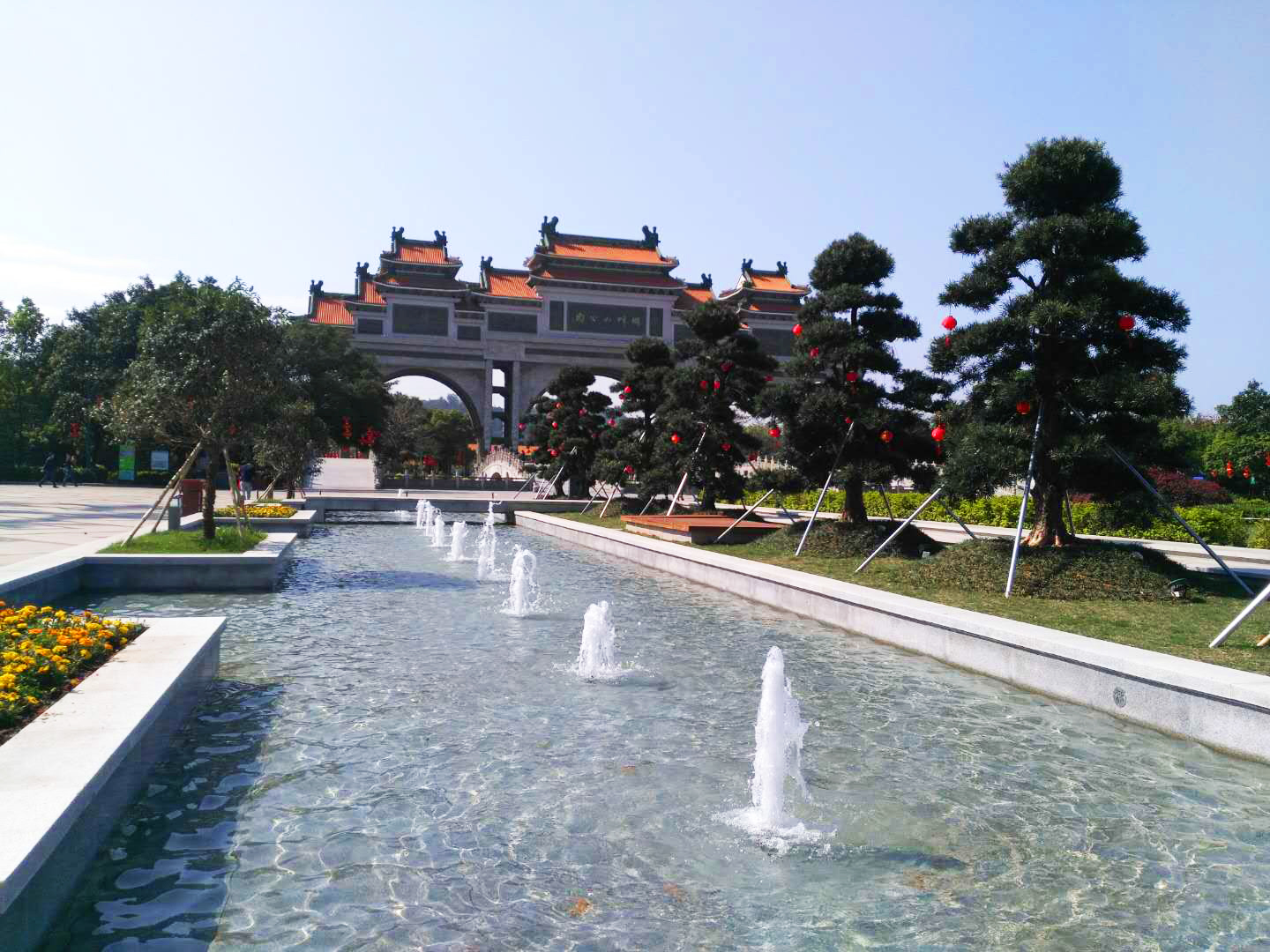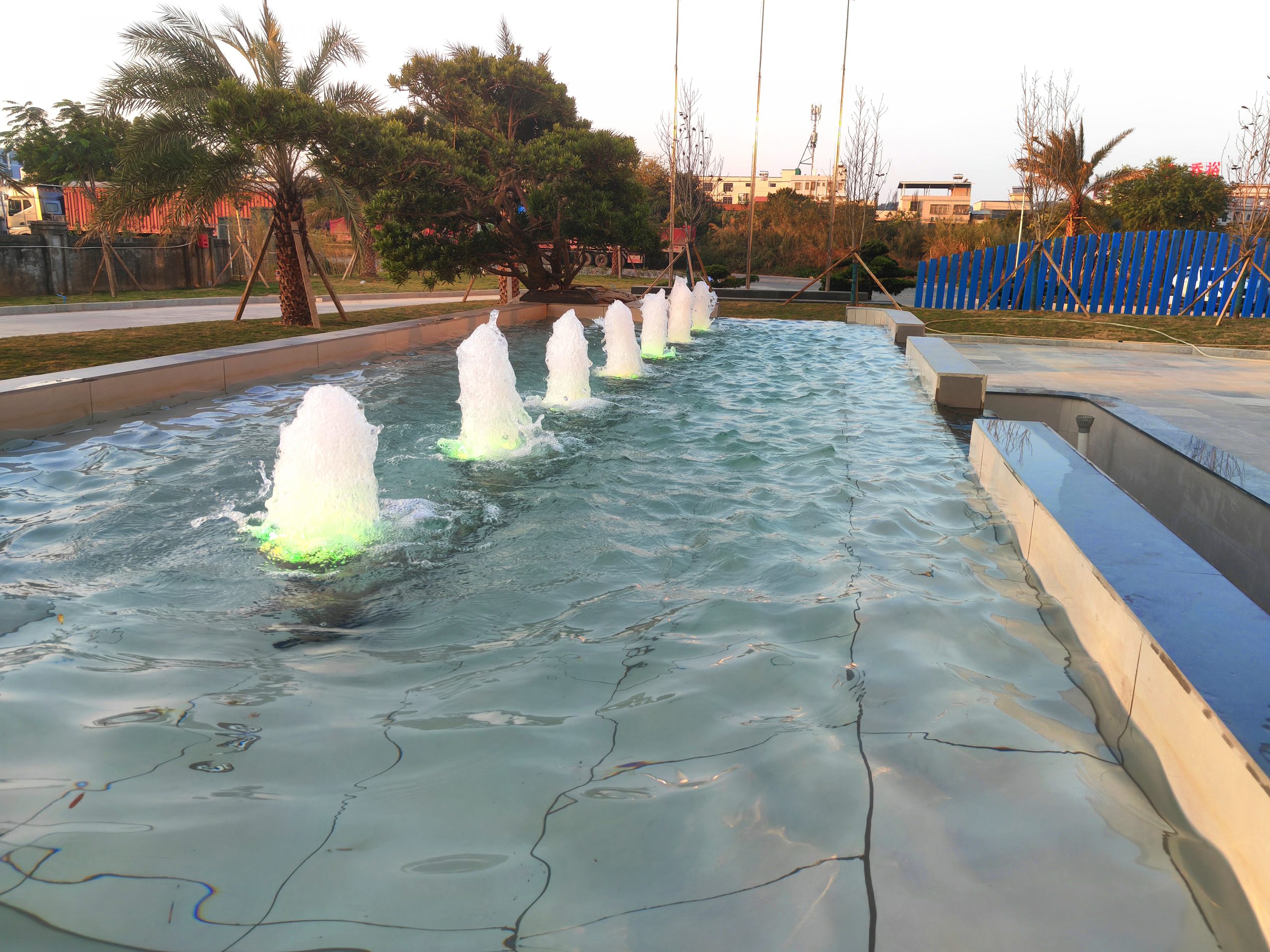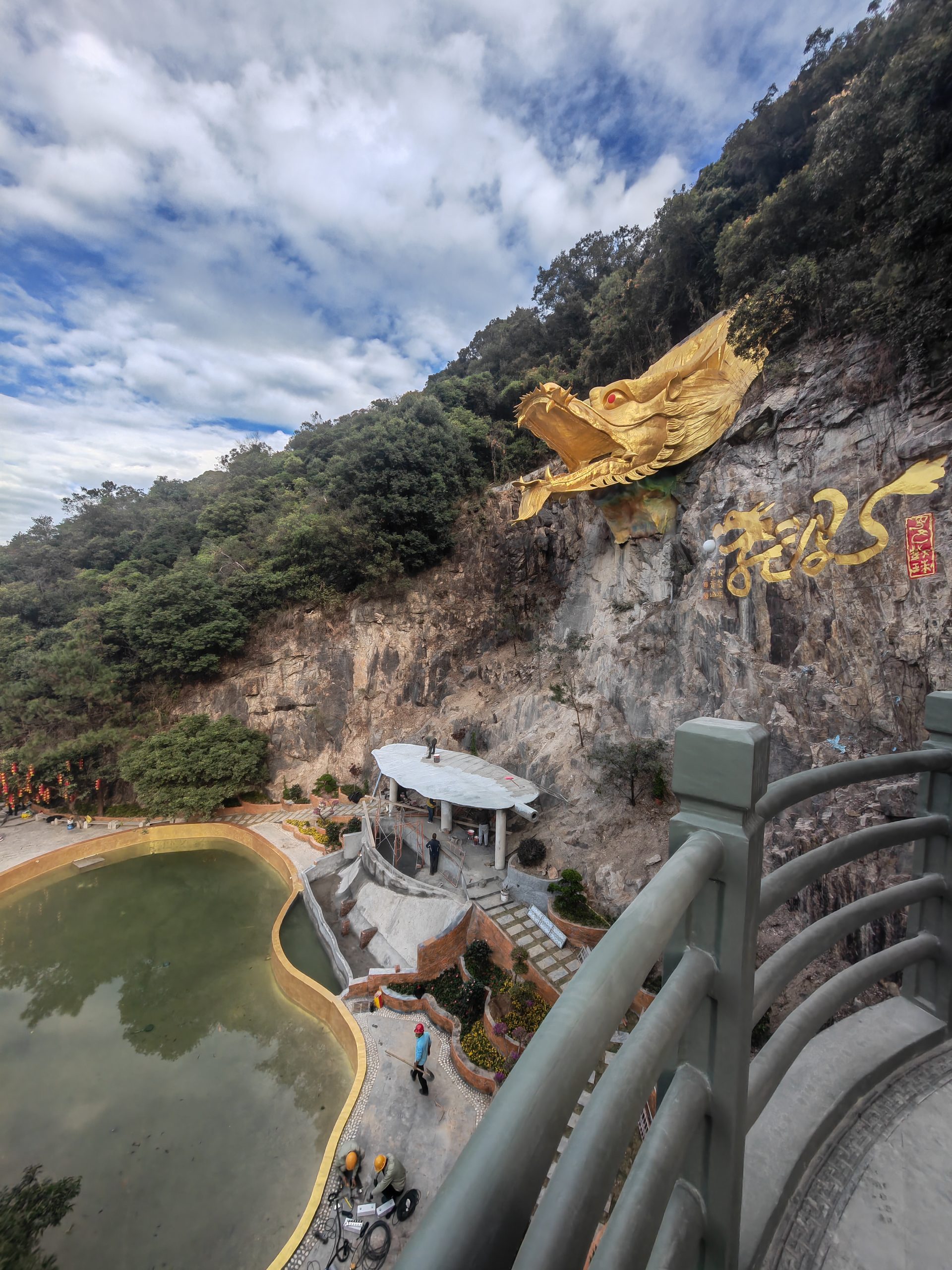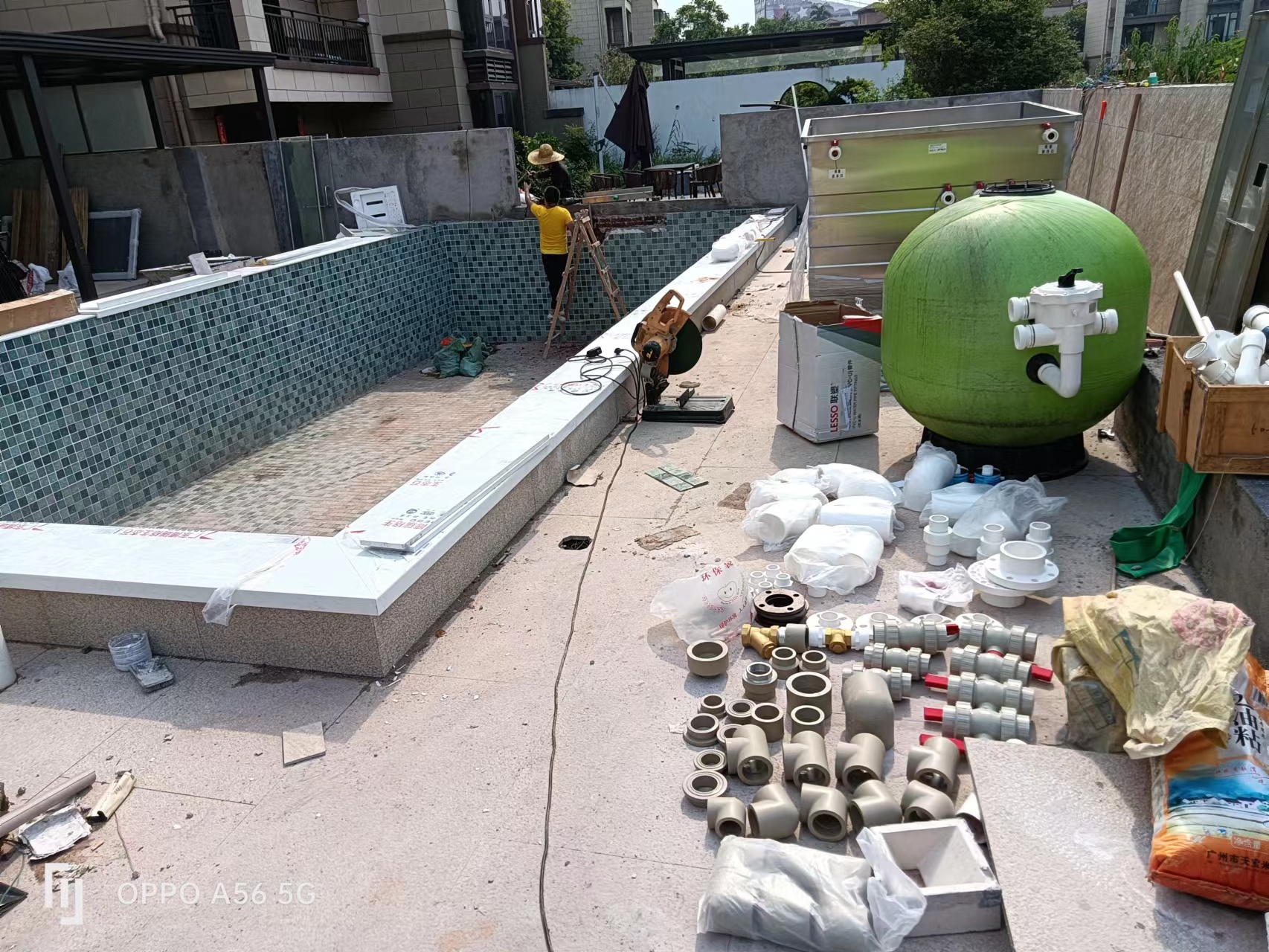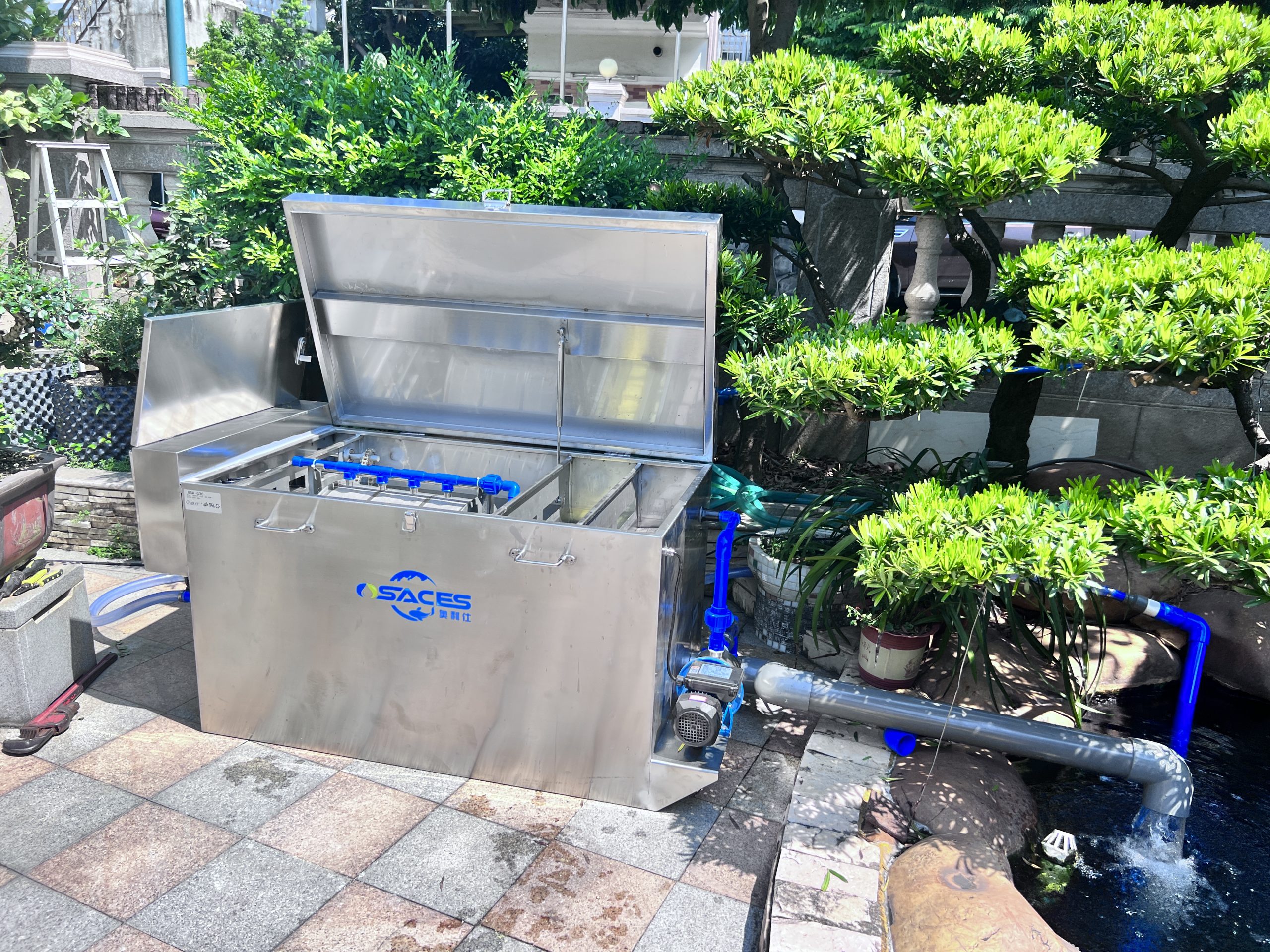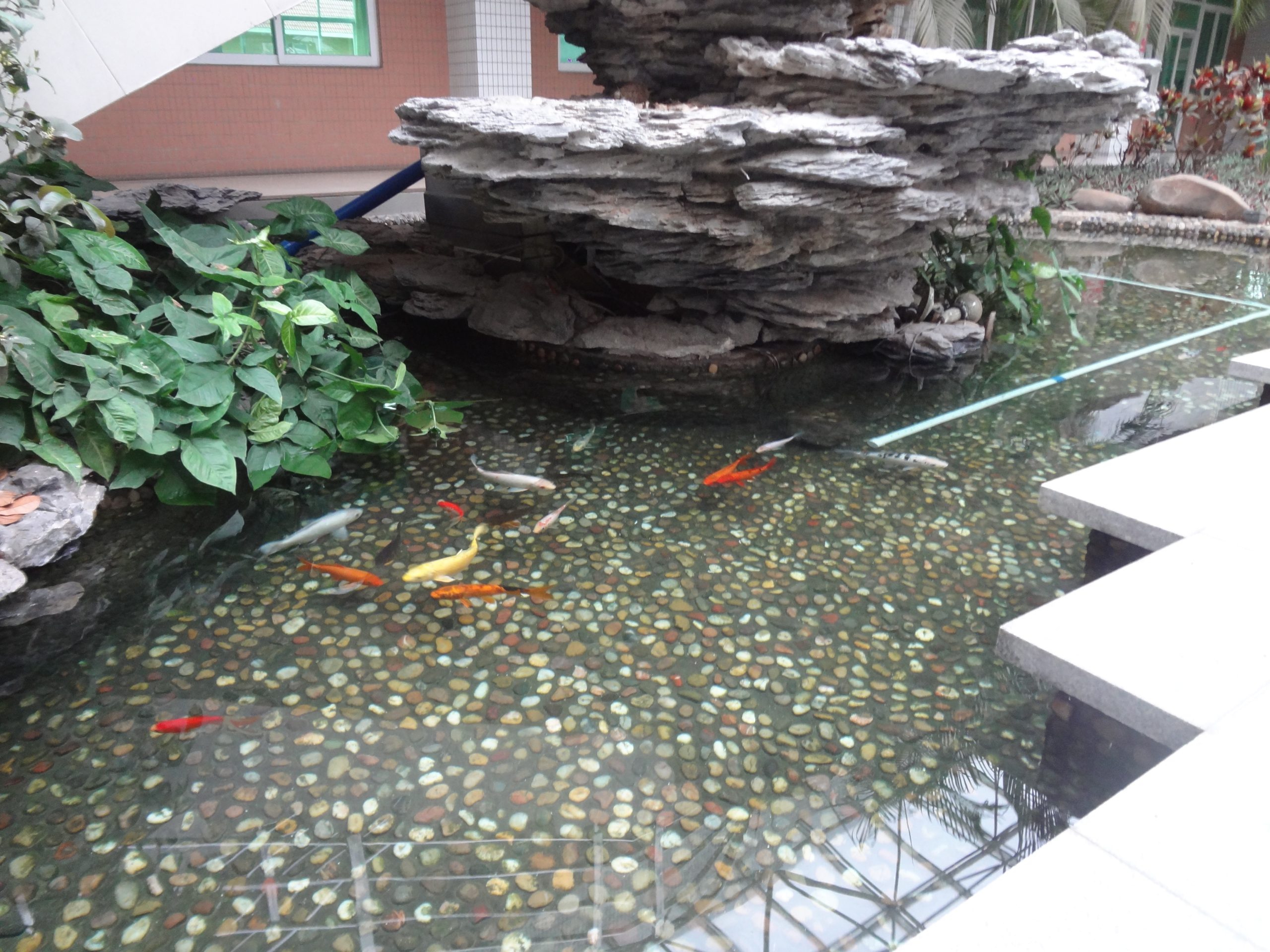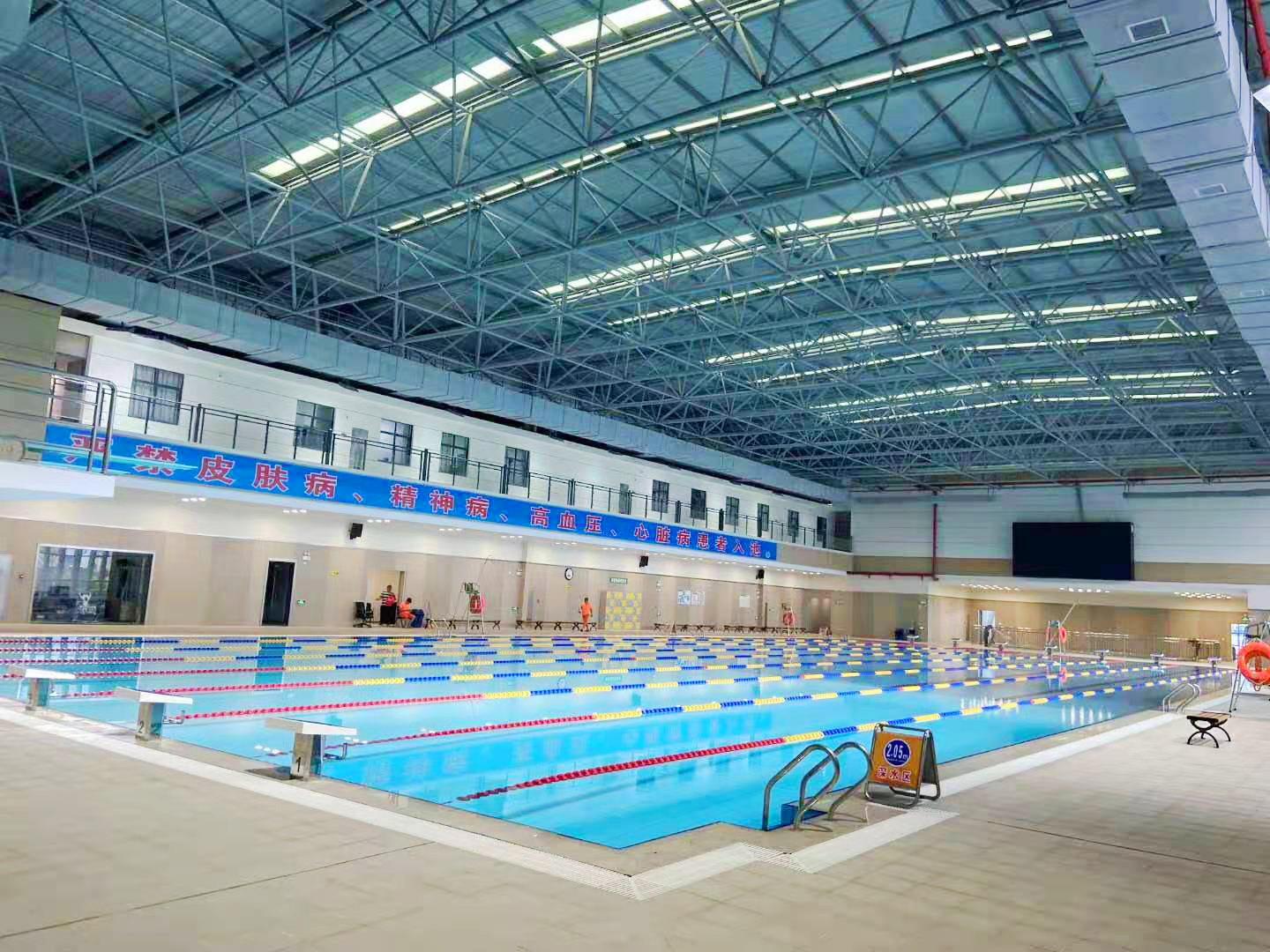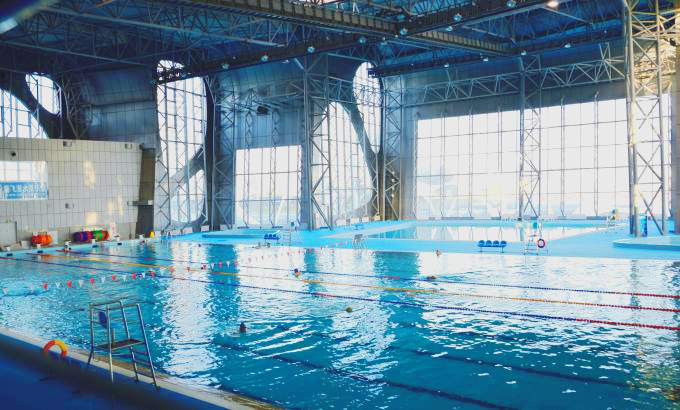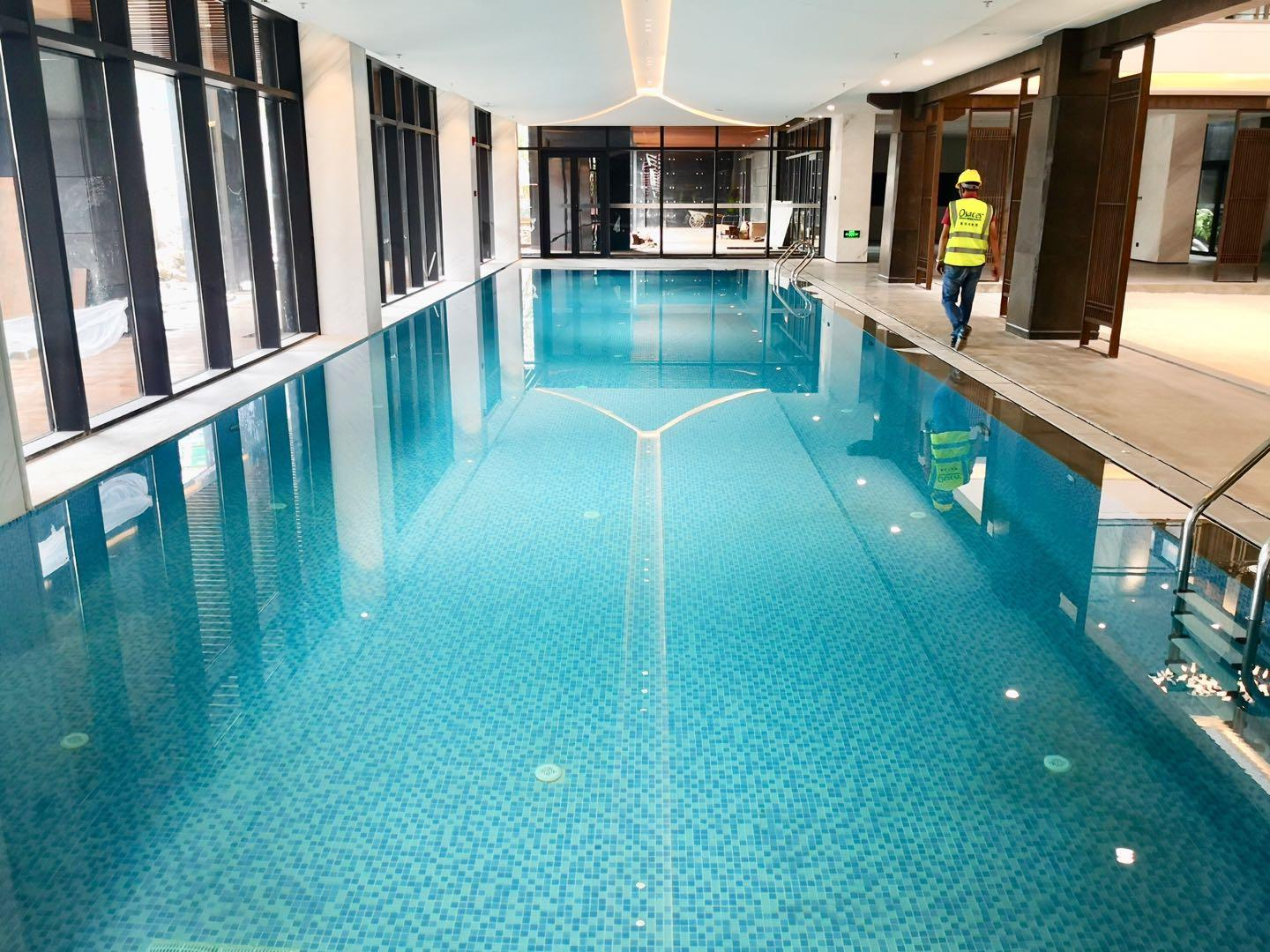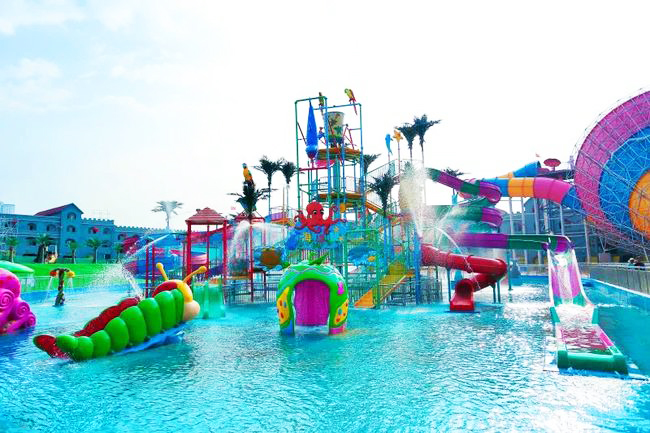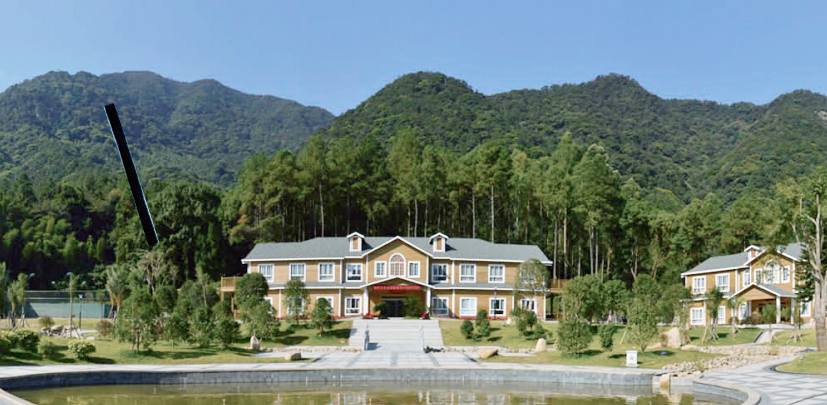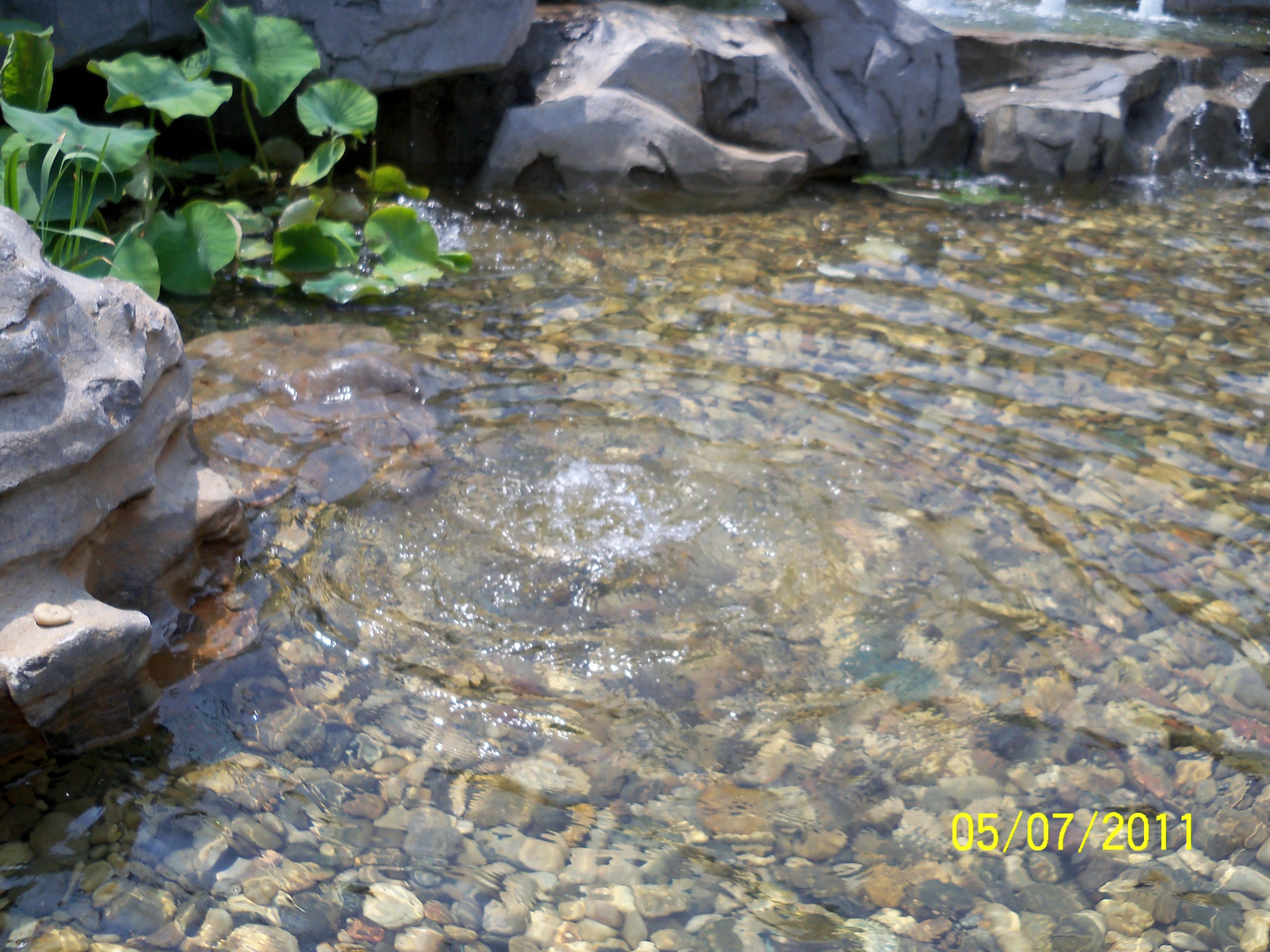common problems
contact details
 Ollies (Guangzhou) Recreation and Sports Equipment Co.
Ollies (Guangzhou) Recreation and Sports Equipment Co.Tel: (020) 82686289
Fax: 020-82694853
Headquarter: No.31-37, Xincun 2 Road, Shangjiang North Street, Dongzhou Village, Xintang Town, Zengcheng City, Guangzhou, Guangdong, China
The Unplugged Nitrification Revolution: How Traditional Filtration Systems Can Beat Modern Oxygenation Technology with 'Aerodynamics'
In the engineering practice of fish pond filtration system, the efficiency of biochemical filtration is inextricably linked to the activity of nitrifying bacteria, and the supply of oxygen is a key factor in determining their metabolic capacity. Modern fully automated system through the oxygen pump and other equipment to actively strengthen the dissolved oxygen, significantly improve the nitrification efficiency, but the traditional filtration system in the absence of additional oxygenation devices, but still maintain a stable biochemical filtration function. Behind this phenomenon is the dynamic balance of oxygen realized by the traditional system through natural design logic and physical properties. In this paper, we will analyze how the traditional filtration system can satisfy the oxygen demand of nitrifying bacteria through natural aeration, filter material optimization, water circulation and bio-load matching, etc. from the perspective of fluid dynamics, microbial ecology and system integration, and reveal the underlying principle of its long-term stable operation, so as to provide scientific basis for the design and improvement of the filtration system.
In conventional filtration systems, biochemical filtration can be carried out effectively despite the absence of a dedicated oxygenation device, mainly for the following reasons:
-
natural aeration: Conventional filtration systems typically achieve natural aeration through water movement and surface contact with air. For example, in a drip or waterfall design, the water flows through the filter media and comes into contact with the air, thereby increasing the dissolved oxygen content of the water.
-
Physical properties of filter media: The filter media used in traditional filtration systems (e.g., ceramic rings, bacterial houses, biochemical cotton, etc.) have a porous structure that can provide habitat for nitrifying bacteria while also facilitating contact between the water and the air, indirectly increasing the oxygen supply.
-
Water Recycling Design: Conventional filtration systems are usually equipped with a pump that delivers oxygen-rich water to the filter media through water circulation. Although the number of cycles may not be as high as in fully automated systems, sufficient water flow still provides the necessary oxygen for the nitrifying bacteria.
-
Adaptation of nitrifying bacteria: Although nitrifying bacteria have a higher oxygen requirement, they are able to adapt to lower oxygen concentrations in conventional systems and complete the conversion of ammonia and nitrite through slow metabolic activity48The
-
System Balance: Conventional filtration systems are usually designed with water volume, fish density, and filter media ratios in mind to ensure the overall balance of the system. This balance allows the nitrifying bacteria to work effectively even when oxygen supply is limited.
Therefore, although the traditional filtration system does not have a specialized oxygenation device, it is still able to provide enough oxygen for the nitrifying bacteria through natural aeration, the characteristics of the filter material, the design of the water circulation and the balance of the system to ensure that the biochemical filtration is carried out smoothly.
Traditional filtration system biochemical filtration detailed process analysis
I. Physical filtration
-
interdictionLarge impurities
water velocityBrush/Filter Cotton(Thickness 5-10cm) Initial interception of fish excreta, residual bait and other solid pollutants to prevent subsequent clogging of biochemical filter media.- design point: The physical filtration layer needs to be cleaned regularly to avoid clogging of the pores resulting in blocked water flow.
-
natural aeration and oxygenation
existDrip/waterfall structureWhen the water flows through the multi-layer filter cotton or ceramic ring and comes into contact with the air, the dissolved oxygen concentration is raised to 3-5 mg/L, providing the basic oxygen source for the subsequent biochemical reaction.
II. Core biochemical filtration
-
Filter Media Layering and Bacterial Attachment
- Primary Biochemical Layer: UseCeramic rings, coral stones, biospheres, which accelerates ammonia contact with nitrosomonads (AOB) through rapid water flow perturbation;
- deep biochemical layer: AdoptionBacteria house, volcanic rocks, extends the path of water flow and promotes the conversion of nitrite by nitrifying bacteria (NOB).
-
Nitrification reaction chain process
- nitrosation stage: AOB oxidizes ammonia (NH₃) to nitrite (NO₂-) at dissolved oxygen >2 mg/L, with the rate of reaction influenced by the pore oxygen retention capacity of the filter media;
- nitrification stage: NOB further oxidizes nitrite to nitrate (NO₃-) in the same oxygen environment, and the deep, low-flow region of the filter media extends the reaction time.
III. Circulation and oxygen balance mechanisms
-
Pump circulation oxygen supply
The pump circulates at 5-10 times the flow rate/hour of the fish pond water body, continuously delivering surface oxygen-enriched water to the biochemical filter media area and forming micro-bubbles through the pores of the filter media to extend the dissolved oxygen time. -
Oxygen enrichment in dry and wet zones
existSemi-immersed filter media area(e.g., the upper half of the drip box), the filter material is exposed to the air to adsorb oxygen, forming an oxygen-rich biofilm with a thickness of about 0.1-0.3 mm, which enhances the local dissolved oxygen concentration to 6-8 mg/L.
IV. Post-maintenance and system optimization
-
Filter media cleaning and bacteria retention
Every 3-6 months with raw fish pond waterBackwash Filter Media, removing pore clogs while retaining the old 20% filter media to maintain nitrifying bacteria colony stability. -
Dynamic balancing of bioburden
Fish density is controlled according to the total amount of filter media (recommended to be 5-10% of the volume of the fish pond) and water quality is tested regularly:- Ammonia nitrogen concentration <0.02 mg/L6.;
- Nitrite concentration <0.2 mg/L38The
Summary of key features
Conventional systems are passed through thePhysical interception → natural oxygenation → stratified nitrification → sterilization and disinfection → cyclic balanceThe four-step process achieves efficient biochemical filtration with its core strengths:
- Oxygen dynamic regulationRelying on the pore space of the filter media to intercept oxygen (ceramic ring retention efficiency >60%) and natural aeration, no external oxygenation equipment is required;
- Flora AdaptationNitrifying bacteria can still maintain the metabolic efficiency of 60% or above in low oxygen environment (>2 mg/L) to ensure stable water quality.
Related content
- Reveal the password of the top fish pond filtration: filter media layering golden ratio + anaerobic / aerobic area with strategy
- Fish Pond Cleaning|Physical + biochemical filtration double maintenance, 30 minutes to restore the ecological balance of water quality!
- Xinyi Healing Method: 10 minutes of fish watching per day, dopamine secretion boosted by 40%
- The Unplugged Nitrification Revolution: How Traditional Filtration Systems Can Beat Modern Oxygenation Technology with 'Aerodynamics'
- Heat Pump-Dehumidification Intelligent Synergy System: The Energy Efficiency Revolution that Cracked the Black Hole of Swimming Pool 30% Energy Consumption
- New swimming pool water treatment equipment full analysis: from design to construction of one-stop solutions
- Reasons for koi stopping eating and swimming slowly in spring and strategies to deal with them
- What are the standards for testing pool water quality?
